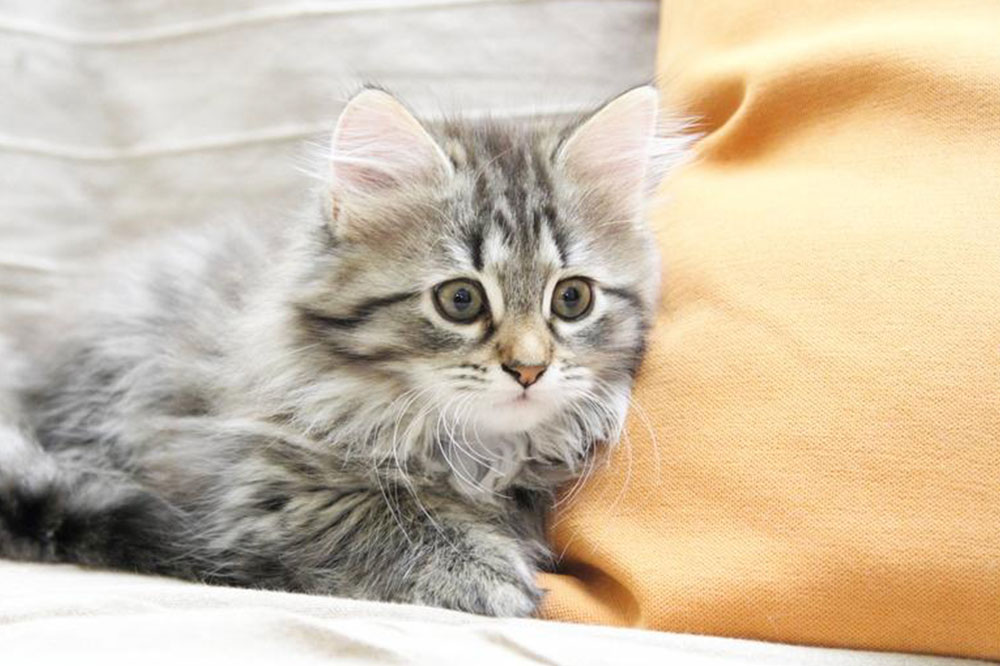
8 Houseplants That are Toxic for Cats
Most of us love plants in and around the house and there are many who love cats. When one loves plants and cats – it seems just right. Until you find out, that some common houseplants are toxic to cats. Some of these plants are easy to grow indoors or in the yards and hence they are popular houseplants. Can you do anything to keep the plants out of reach from a cat? So instead of finding safe places for these plants, it is better to avoid growing these plants at home. Some of these are very common and found in every household. This makes it difficult to monitor your cat as it may ingest any of these poisonous plants from the neighborhood. Contact the pet poison hotline or your veterinarian immediately if your cat shows symptoms of having any plant poisoning.
Aloe Vera
A succulent plant that grows as a potted plant indoors, aloe vera is a popular houseplant. It is very useful as a cosmetic for skin and hair care and as a medication for minor burns and sunburn. However, this houseplant is toxic to cats and if ingested could cause vomiting, diarrhea, depression, and tremors.
Asparagus Fern
This fern is known by different names like lace, Emerald or Plumosa fern. It is a popular houseplant found in homes but is toxic for cats. The fern’s berries are more poisonous compared to the fern itself. If a cat happens to nibble on this fern, it will experience stomach pain, diarrhea, and vomiting. Repeated exposure to the poison may also cause skin irritation and burning.
Devil’s Ivy
This gorgeous vining plant with heart-shaped leaves is found in most households as it grows fast and is hardy, tolerant to all sorts of growing conditions. It is also known as Pothos, Golden Pothos, Taro Vine and Ivy Arum. It is toxic to your cat, resulting in burning and irritation of the mouth, drooling, vomiting and difficulty in swallowing.
Florida Beauty
A fantastic indoor houseplant, it is slow-growing and hardy. It is popular as it illuminates dim interiors and has yellow and cream splashed green leaves. It is toxic to cats and signs shown by a poisoned cat are drooling, lack of appetite, vomiting, weakness, and incoordination.
Giant Dumb Cane
Also known as Charming Dieffenbachia, Spotted Dumb Cane and Exotica, this popular houseplant can grow in any light conditions. If cats are poisoned by this plant, they have intense burning in the mouth, tongue, and lips causing drooling and vomiting.
Jade plant
It is an iconic indoor plant and can last forever. It is a succulent and also known as a Chinese Rubber plant, Japanese Rubber plant or Money plant. This plant too is toxic for cats and signs of poisoning include depression and slow heart rate.
Poinsettia
A popular potted plant grown around Christmas, it adds color to the household. Known for its red and green foliage, it is used for decorations. This plant, when chewed by cats, irritates the mouth and stomach, inducing vomiting. Its toxicity is sometimes overrated.
Tomato plant
This houseplant, which can be easily grown in a pot providing fresh tomatoes to your kitchen, is toxic to cats. Signs of poisoning include hypersalivation, loss of appetite, severe intestinal upset, diarrhea, drowsiness, confusion, weakness, dilated pupils and change in behavior.



